
Nixon at War
PRXMost accounts of the collapse of Richard Nixon’s presidency begin with Watergate — the now iconic tale of a bungled break-in and the misbegotten cover-up that followed. But what led to Watergate? How — and more puzzlingly, why — did one of the shrewdest, most gifted political figures of his time become embroiled in so manifestly lunatic an enterprise in the first place? Intrigued by that question, writer/journalist Kurt Andersen takes a deep dive into the vast archives at the Nixon Library and emerges with an answer he wasn’t expecting: While Watergate doubtless accelerated Nixon’s spectacular fall, it was the Vietnam War that led inexorably to the break-in, and from there to the sinking of his presidency.For Andersen, who came of age in the Vietnam era, that answer in turn begs another, larger question: How did Richard Nixon, with all his foreign policy savvy, allow himself to get trapped in the same quagmire he had watched engulf his predecessor, Lyndon Johnson? These questions are the central concerns of Nixon at War. Over the course of seven episodes, Andersen peels back the onion and emerges with a new and deeper understanding of both the man and the war, and of the complex linkage between them.
Most accounts of the collapse of Richard Nixon’s presidency begin with Watergate — the now iconic tale of a bungled break-in and the misbegotten cover-up that followed. But what led to Watergate? How — and more puzzlingly, why — did one of the shrewdest, most gifted political figures of his time become embroiled in so manifestly lunatic an enterprise in the first place? Intrigued by that question, writer/journalist Kurt Andersen takes a deep dive into the vast archives at the Nixon Library and emerges with an answer he wasn’t expecting: While Watergate doubtless accelerated Nixon’s spectacular fall, it was the Vietnam War that led inexorably to the break-in, and from there to the sinking of his presidency.For Andersen, who came of age in the Vietnam era, that answer in turn begs another, larger question: How did Richard Nixon, with all his foreign policy savvy, allow himself to get trapped in the same quagmire he had watched engulf his predecessor, Lyndon Johnson? These questions are the central concerns of Nixon at War. Over the course of seven episodes, Andersen peels back the onion and emerges with a new and deeper understanding of both the man and the war, and of the complex linkage between them.
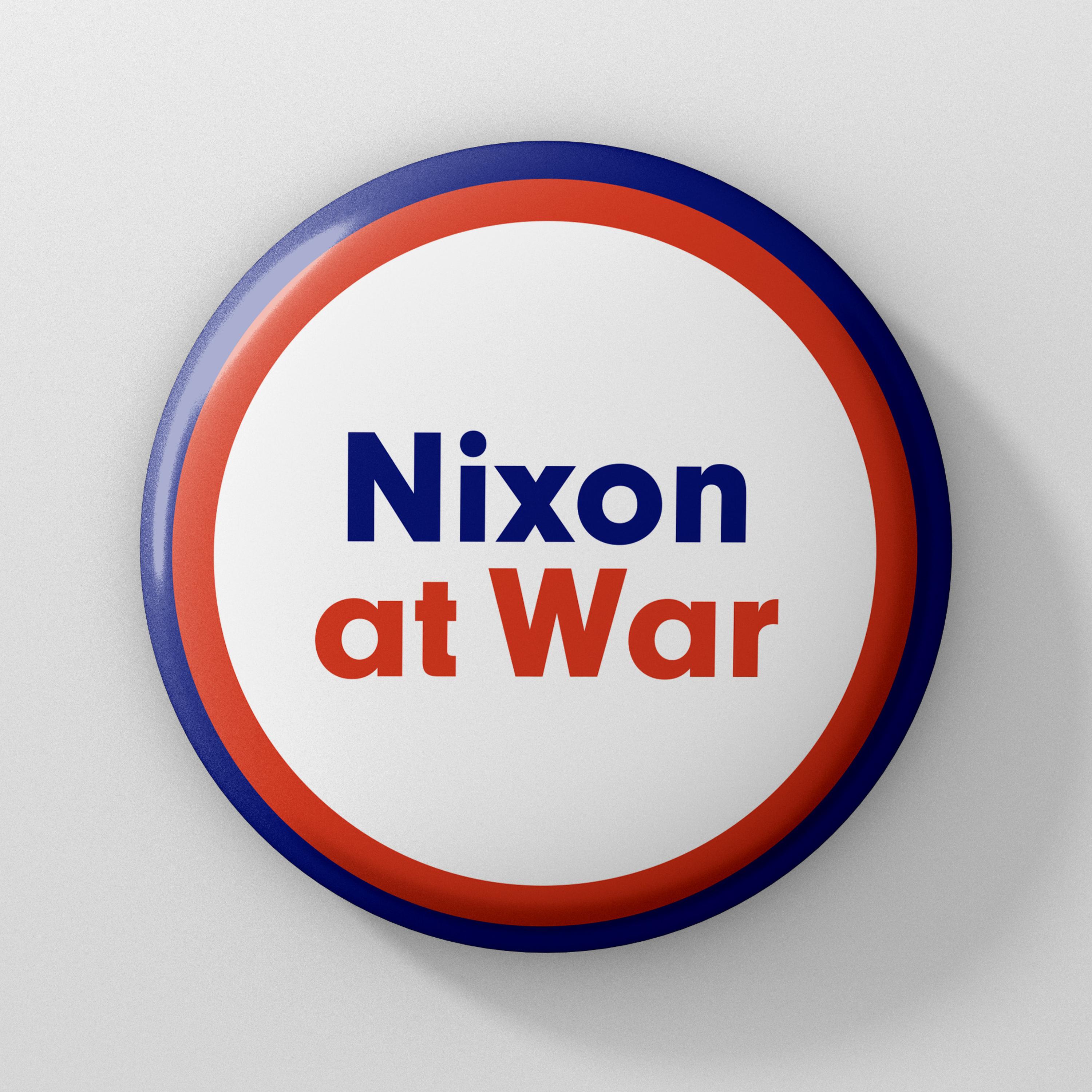
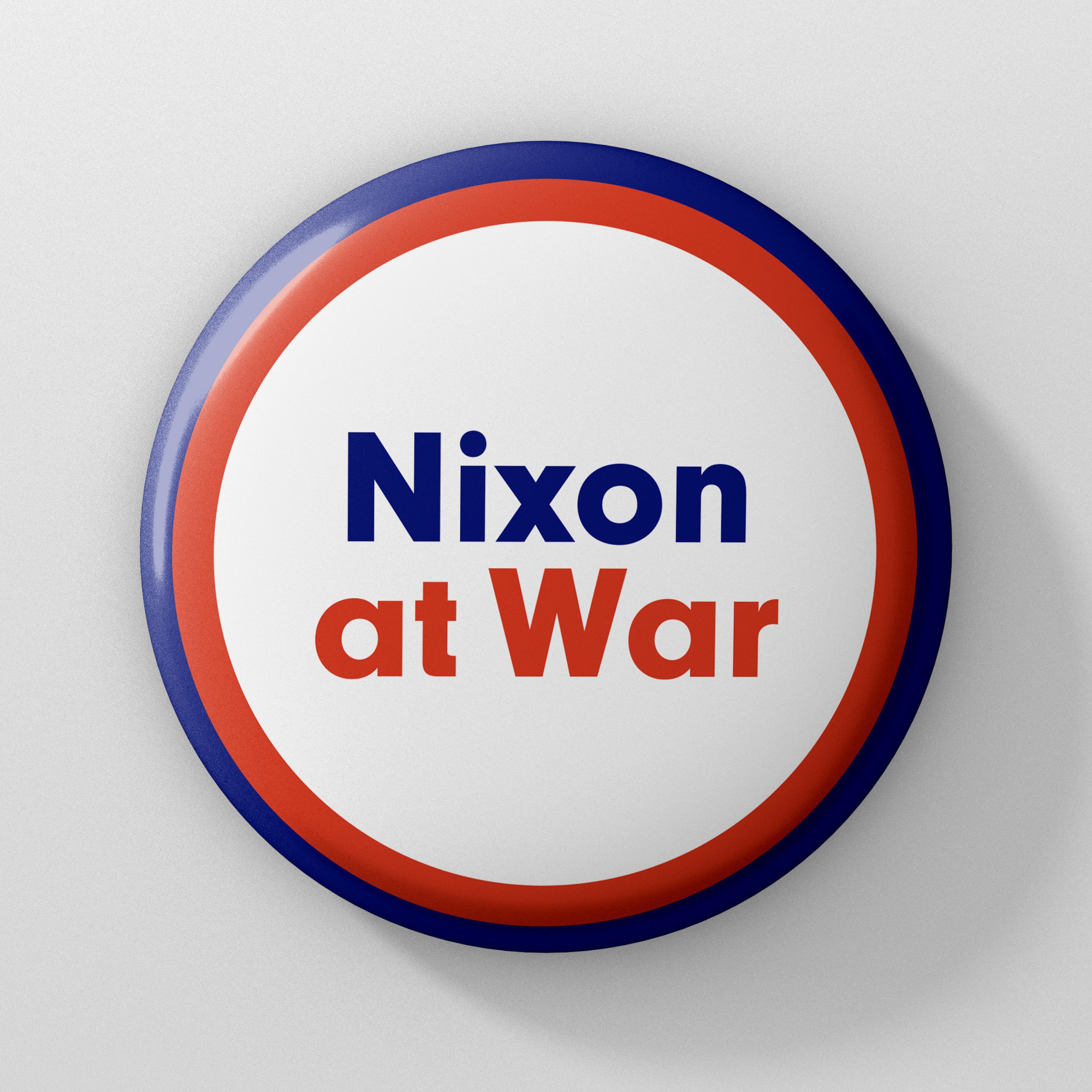
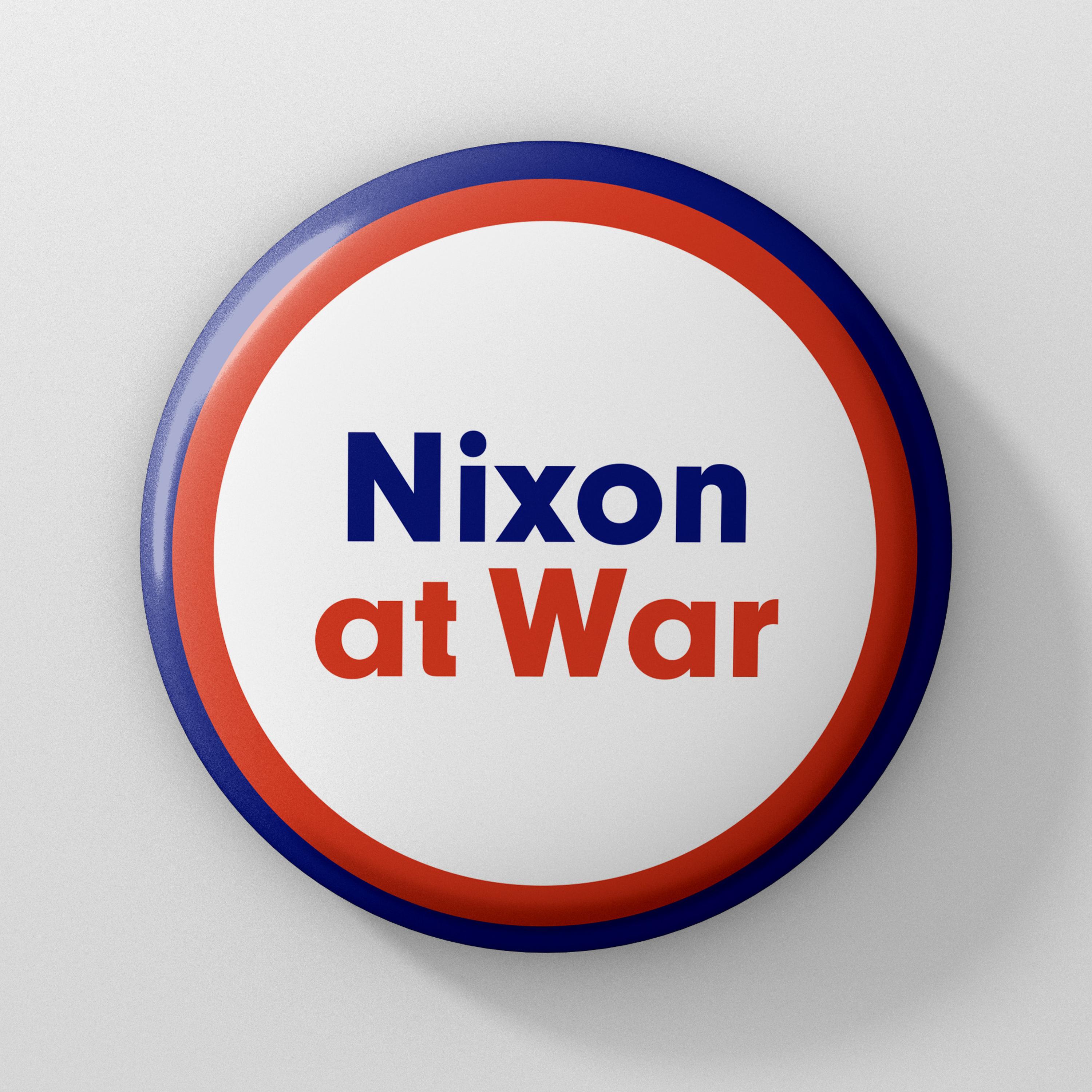
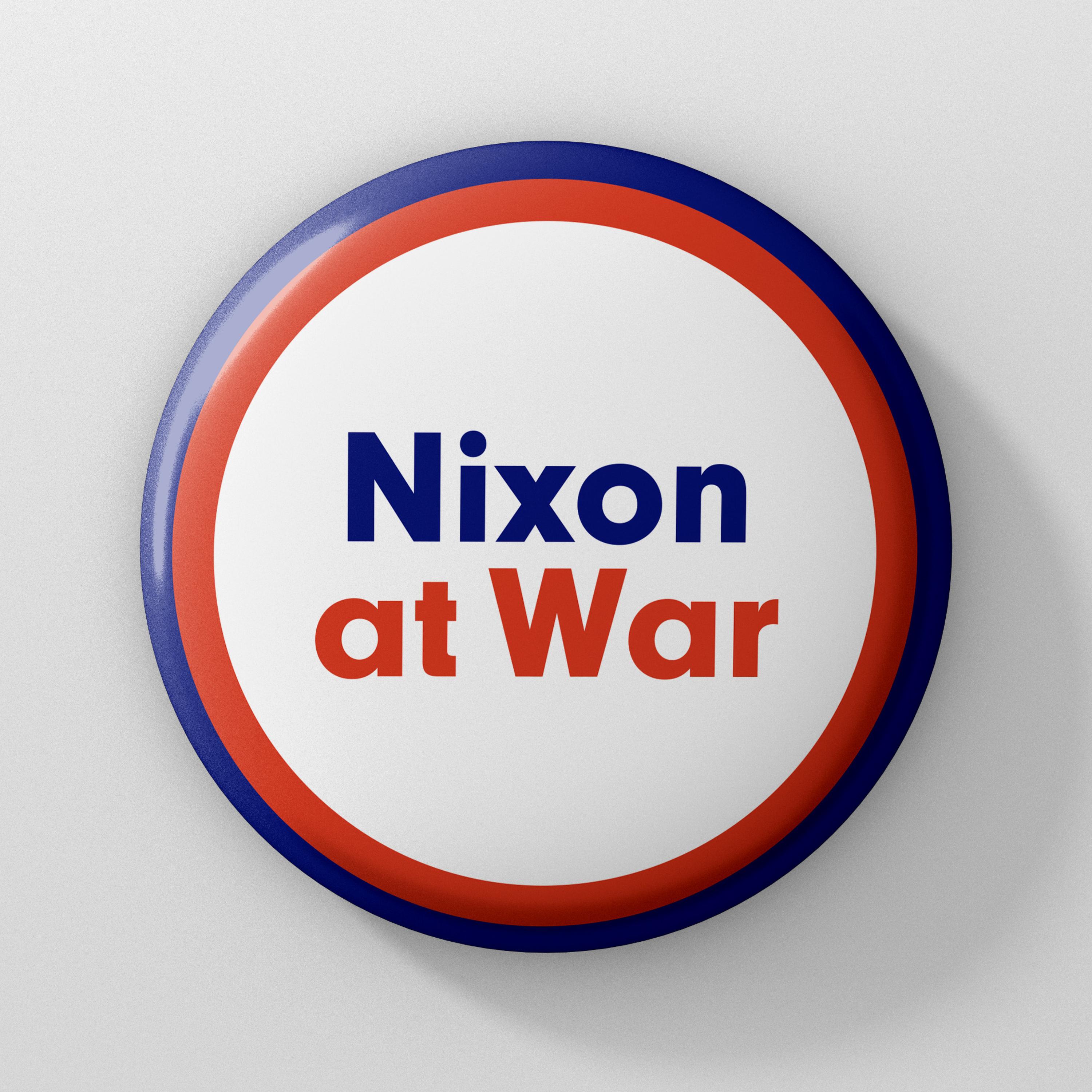
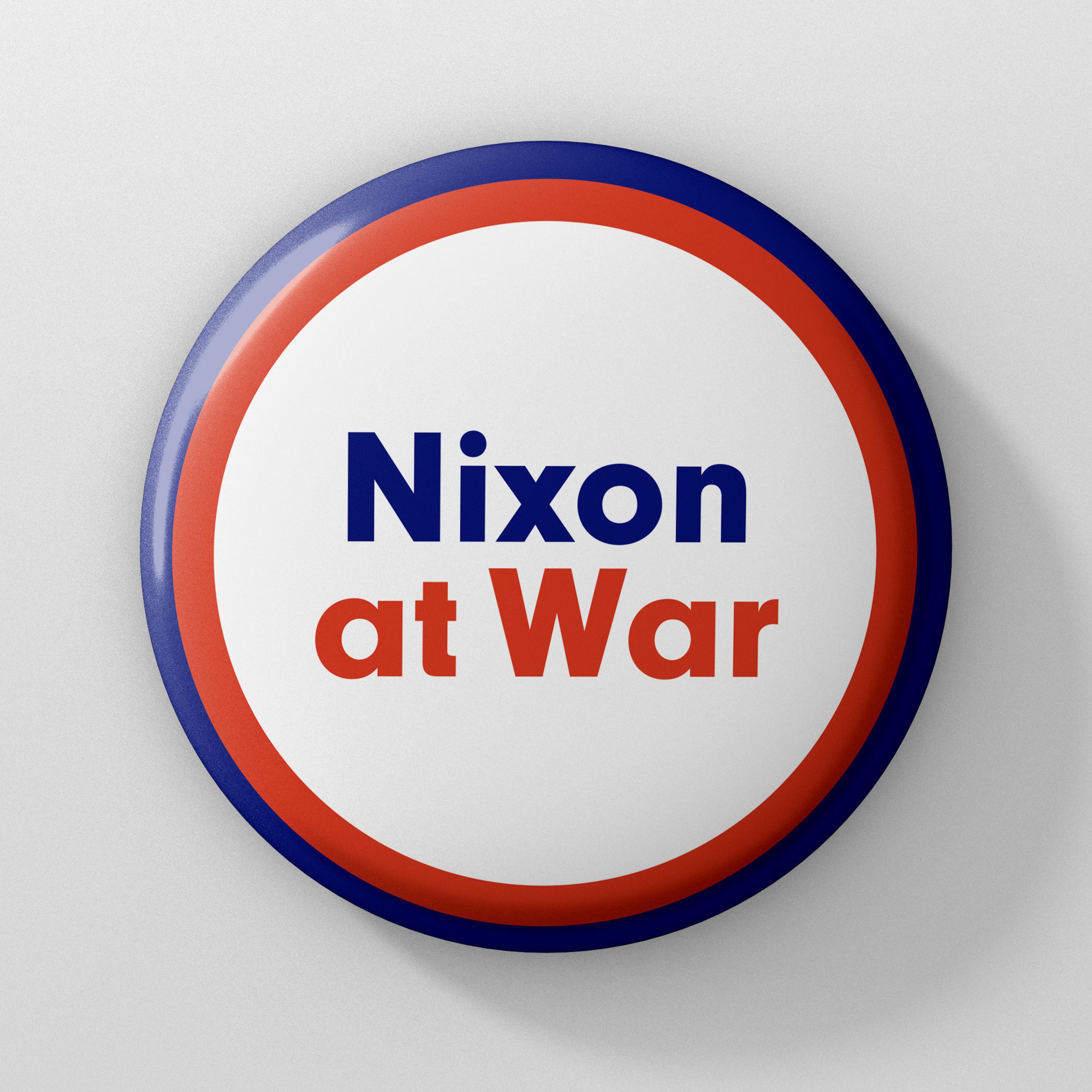
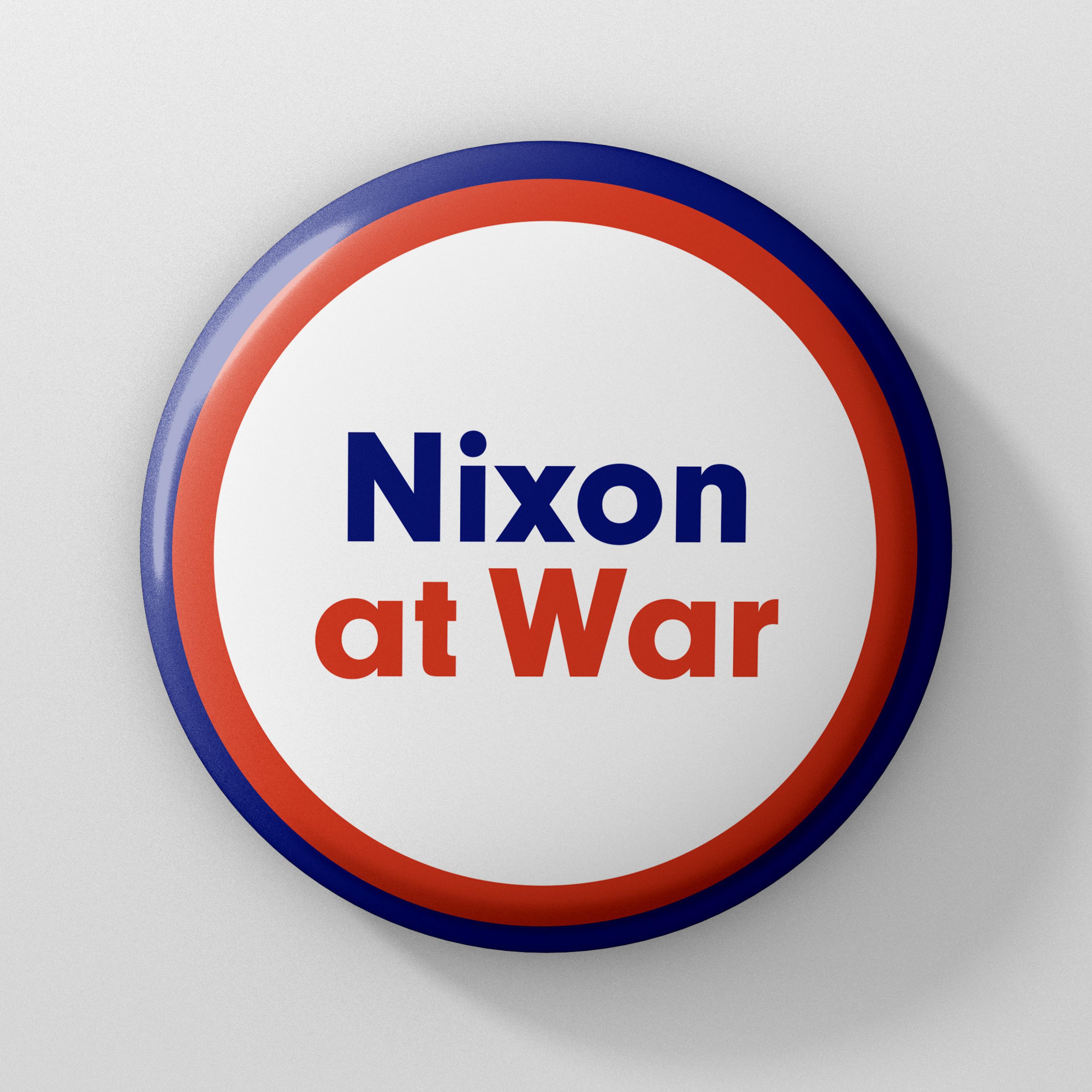
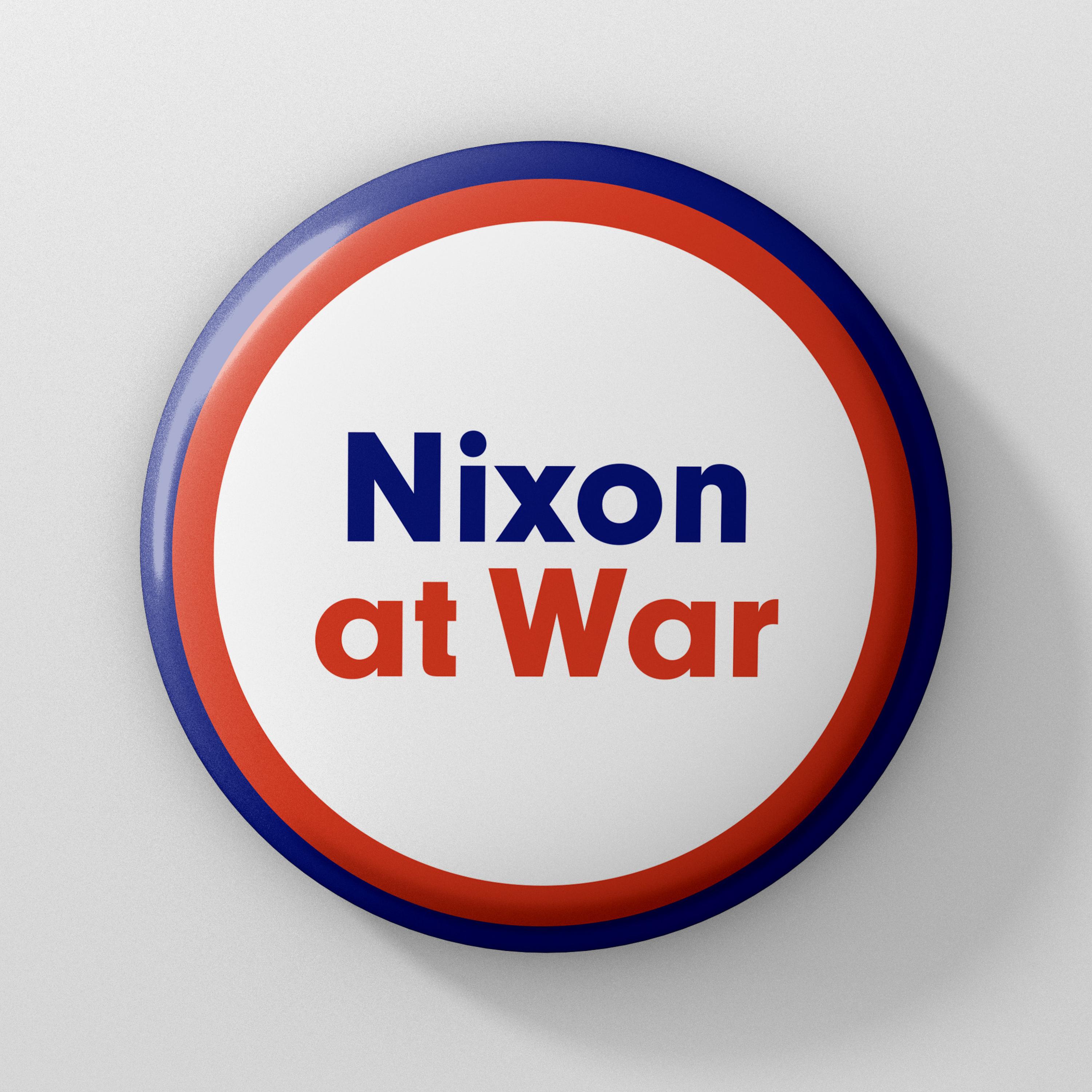









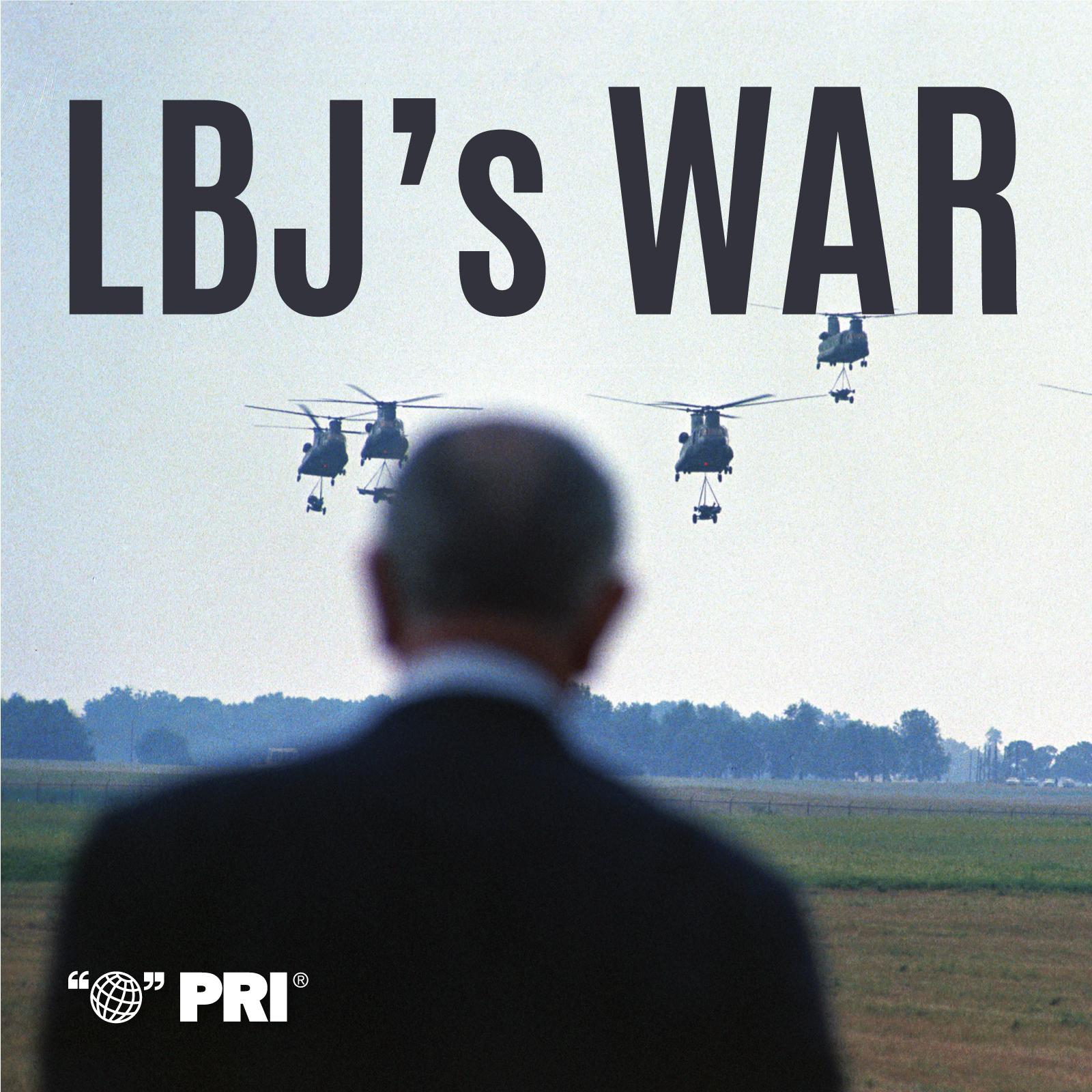
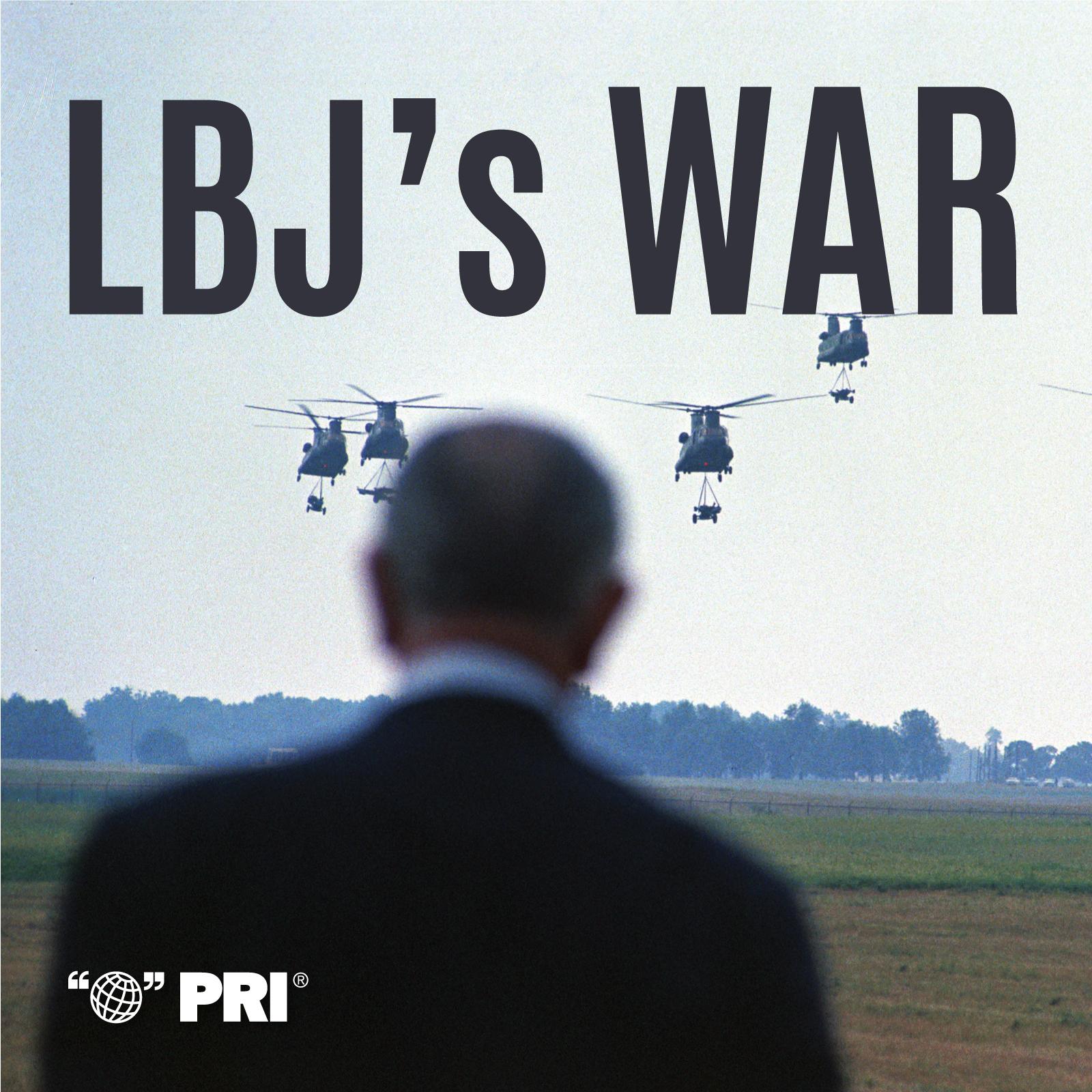
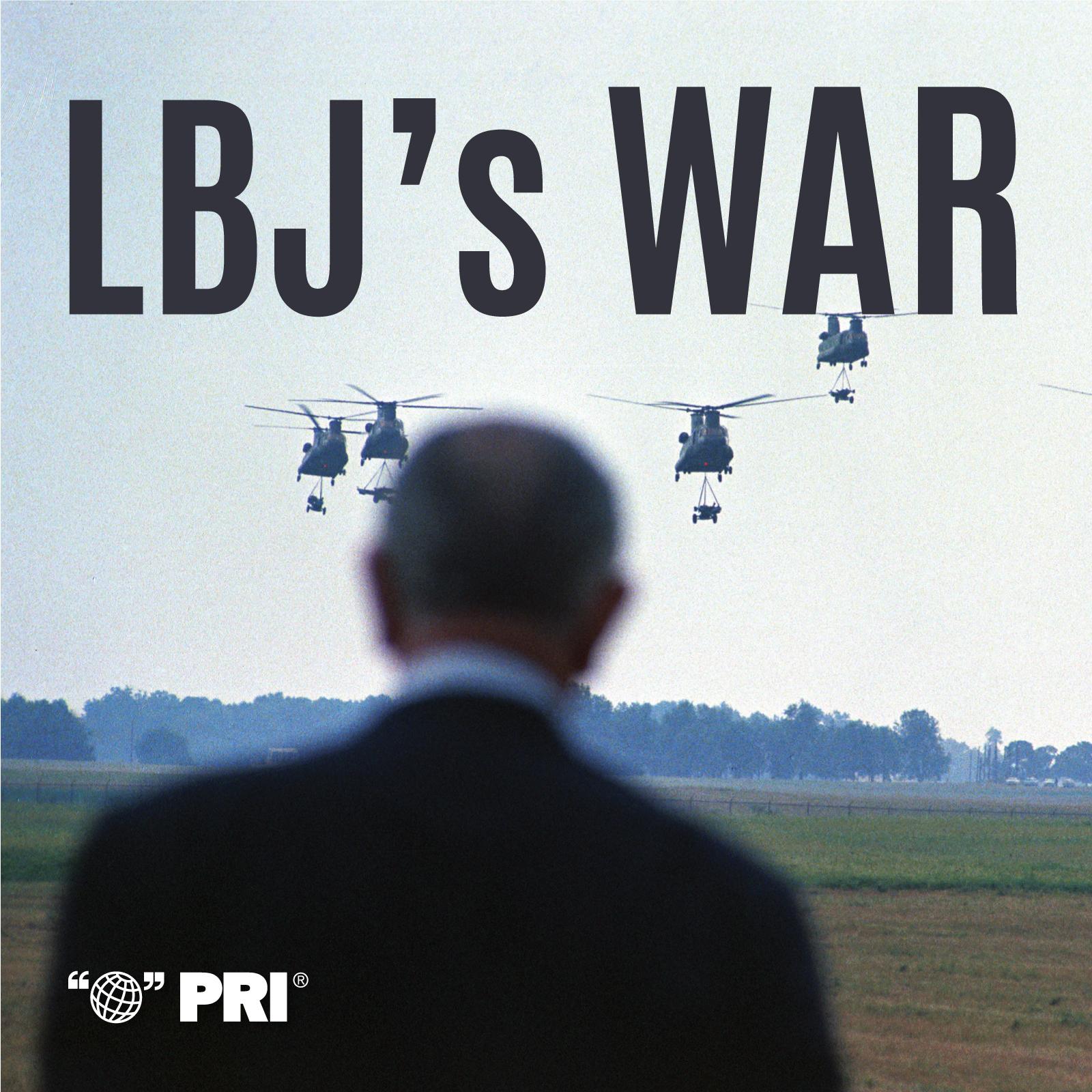

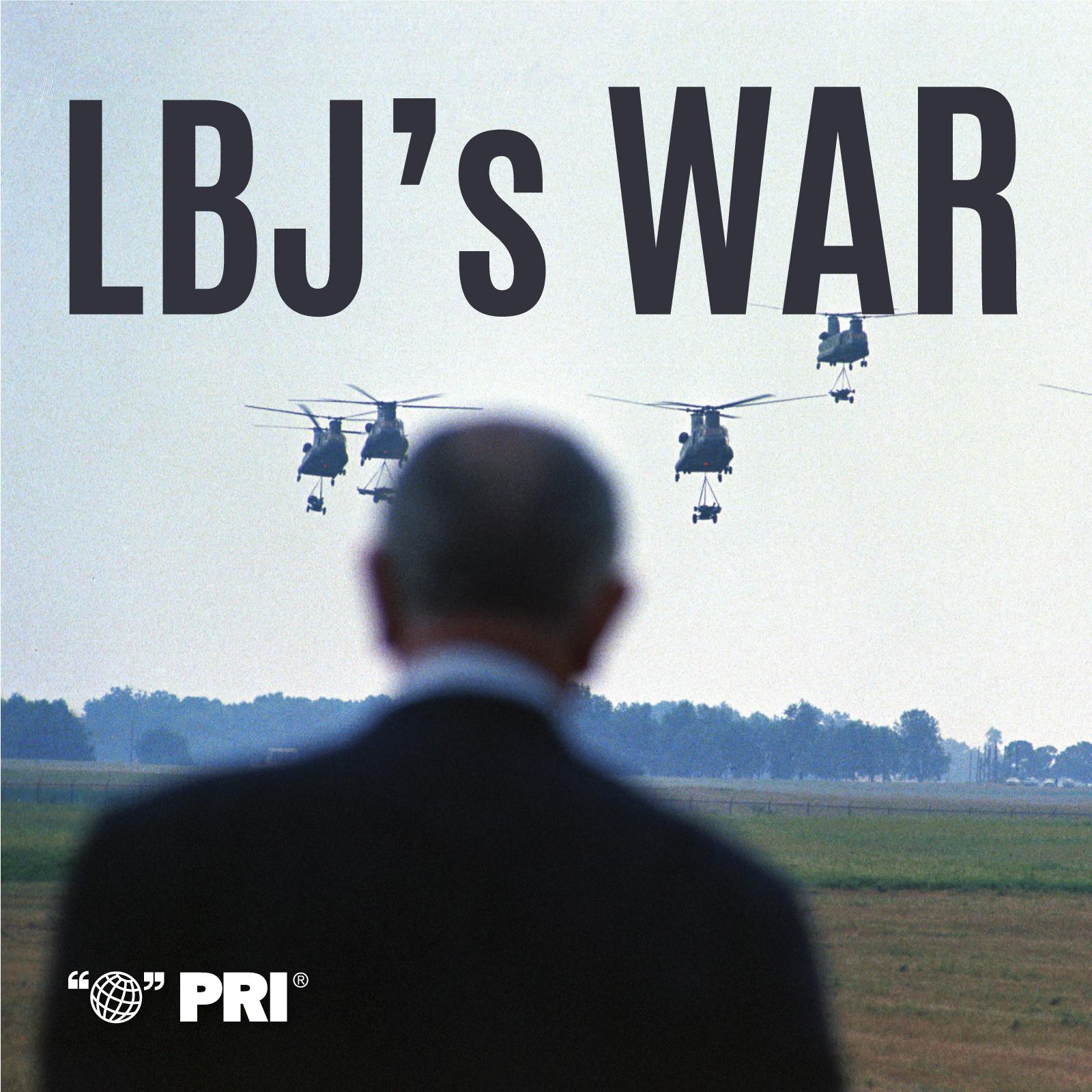
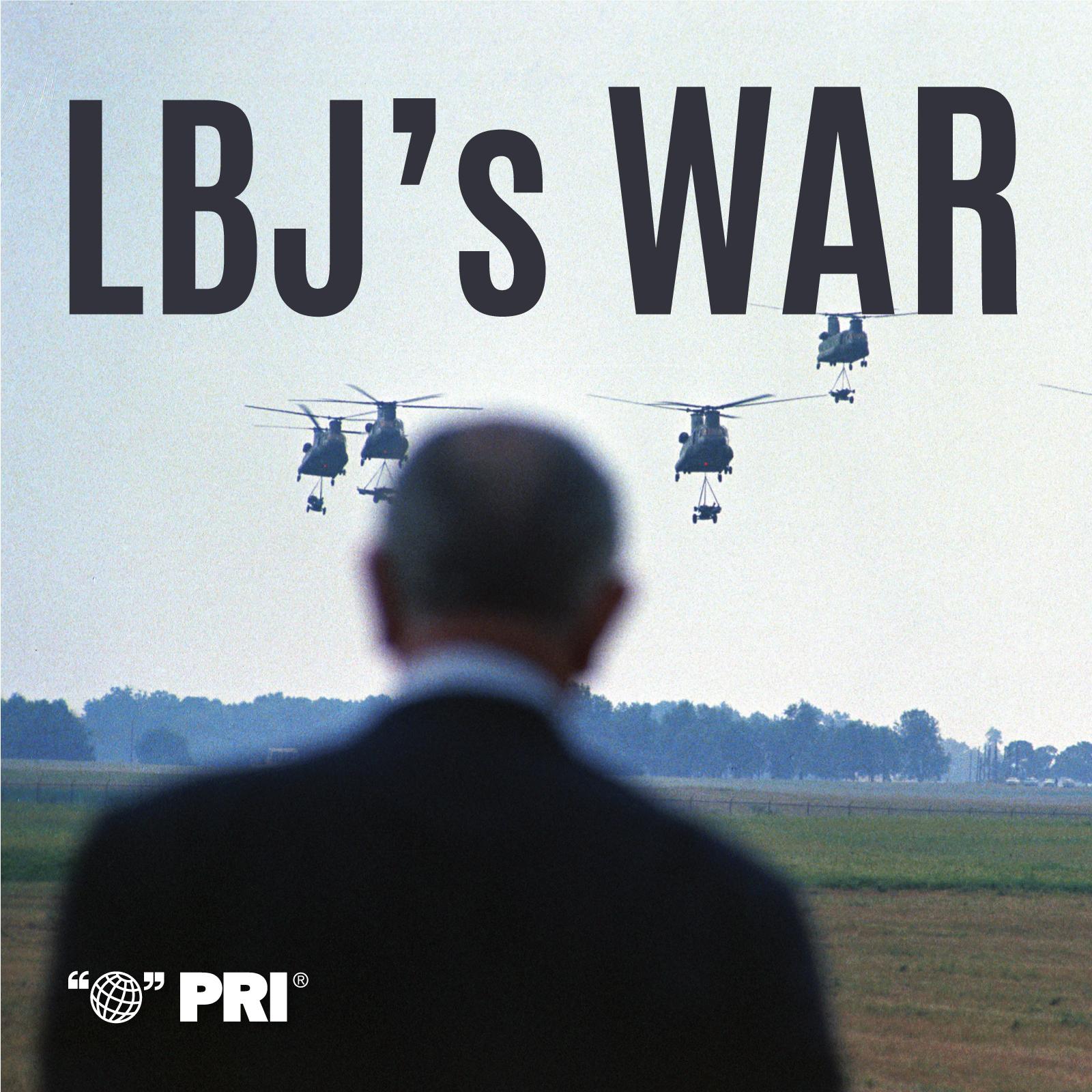
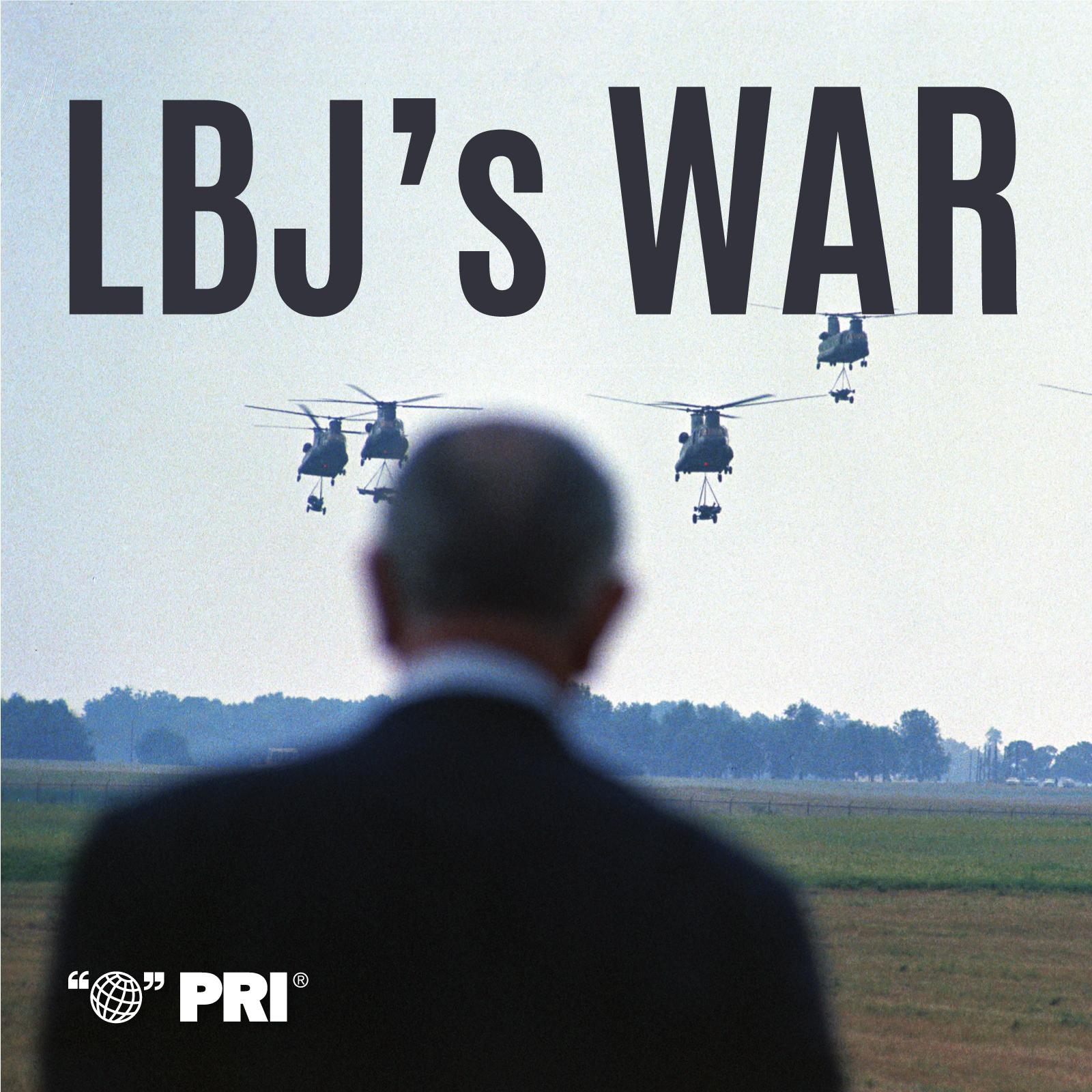
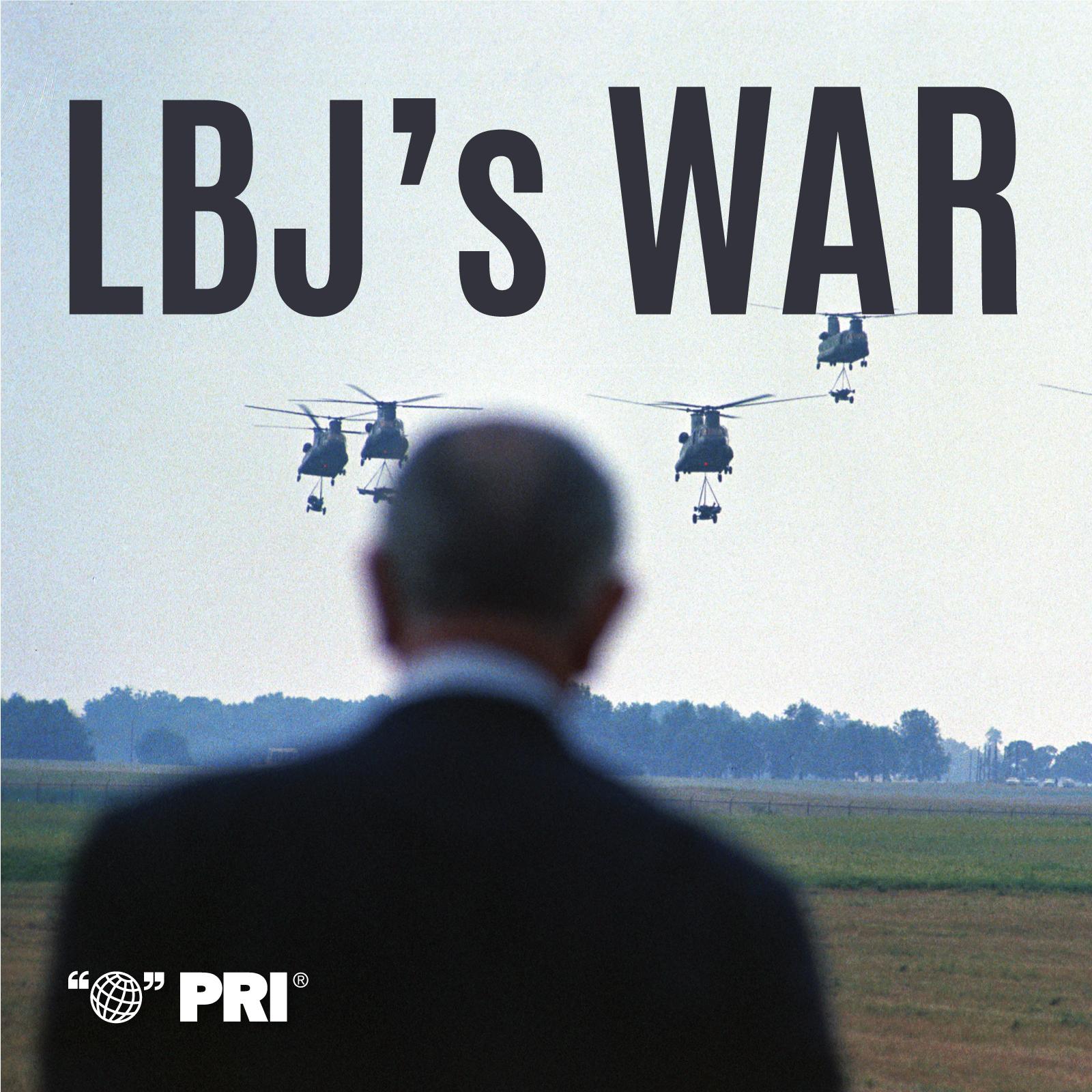
S3 Ep 2 - Madame Chennault

Coming out of the conventions in August ’68, Richard Nixon begins his campaign against Hubert Humphrey, his Democratic opponent, with what looks like an insurmountable lead. Running as the peace candidate, Nixon promises a quick end to a costly and increasingly unpopular war. The strategy works, until late October, when Humphrey finally breaks with LBJ and goes public with his own opposition to the war. Overnight, the race begins to tighten. This is Nixon's last shot. He lost to JFK in 1960, by less than two-tenths of a percent – one of the closest elections in U.S. history – and isn’t about to let it happen again. So, when word leaks, a week before the election, of a possible breakthrough in LBJ’s long-stalled Vietnam peace talks, Nixon sees it all slipping away, and moves to avoid that outcome, at whatever risk. His response is to sabotage the Paris Talks, through a mysterious secret intermediary known as the Dragon Lady. LBJ learns of Nixon’s efforts to blow up the talks, but can’t reveal his source – FBI wiretaps on the South Vietnamese Embassy. “Of all of Richard Nixon’s actions in a lifetime of politics,” biographer John Farrell will later say, “this was the most reprehensible.“
Learn more at NixonAtWar.org.